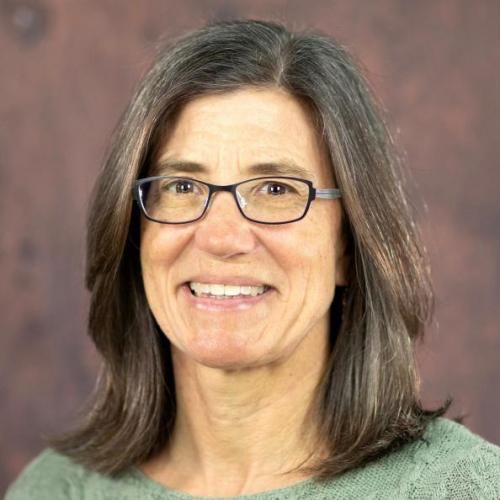Dependence of in vivo, radiation force derived hepatic shear modulus estimates on imaging approach: Intercostal vs. subcostal
The speed at which shear waves propagate can be used to quantify the shear modulus of tissue. Focused, impulsive, acoustic radiation force excitations can be used to generate transient displacement fields in soft tissue that create shear waves that propagate away from the region of excitation (ROE). These shear wave displacements can be ultrasonically tracked through time. The speed at which these shear waves propagate away from the ROE can be estimated using a time of flight-based method that estimates linear trends in times to peak (TTP) displacement at locations laterally offset from the ROE. This method has been previously described as the Lateral TTP algorithm. The purpose of this study is to evaluate the differences that may exist when reconstructing liver shear moduli from subcostal and intercostal approaches using acoustic radiation force excitations with the Lateral TTP algorithm, and to evaluate the repeatability of such measurements. Liver shear moduli have been reconstructed between 0.9 and 3.0 kPa in vivo, with an average precision of ± 0.4 kPa in a 20 volunteer study with body mass indices ranging from normal to obese. Repeated intercostal liver shear modulus reconstructions were performed on 9 different days in 2 volunteers over a 105 day period, yielding an average shear modulus of 1.9 ± 0.5 kPa (1.3-2.5 kPa) in the first volunteer, and 1.8 ± 0.4 kPa (1.1-3.0 kPa) in the second volunteer. Shear moduli have been successfully reconstructed in patients undergoing liver biopsy with BMI > 40. Dynamic linear motion filters are capable of removing physiologic and hand-held transducer motion artifacts without needing ECG data acquisition triggering. The in vivo data to date demonstrate that this method is capable of generating accurate and repeatable liver stiffness measurements and is promising as a clinical tool for quantifying liver stiffness. ©2007 IEEE.



